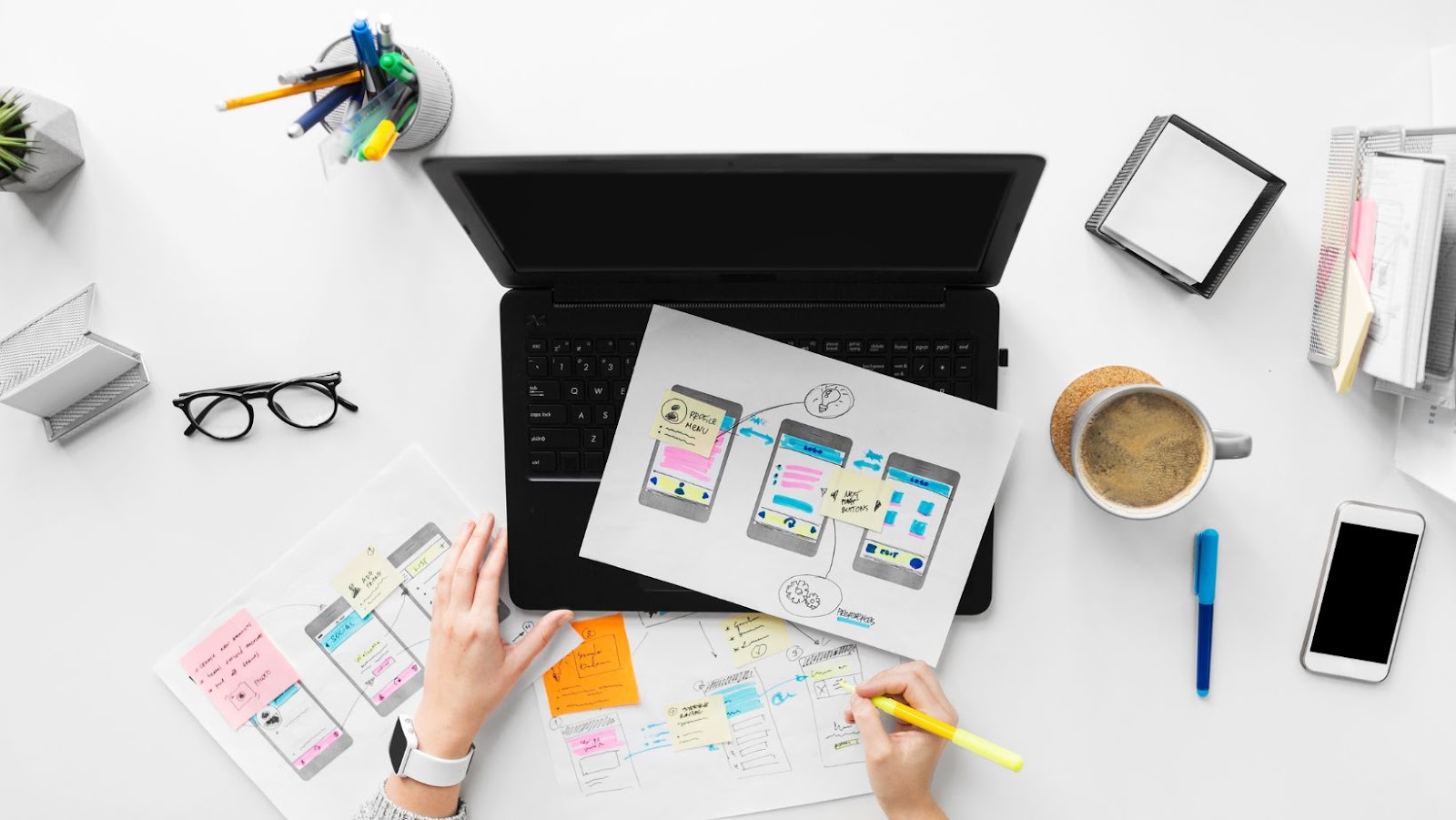 Corporate Web Design
Corporate Web Design
In a corporate environment, web design plays a vital role. It acts as a deciding factor that defines how users interact with a company’s online presence. For potential clients or consumers, it provides the initial interaction with the company’s branding and offerings. It’s not just about fancy graphics, but more about guiding a visitor through an engaging, informative and user-friendly journey. For instance, by intuitively placing user-friendly interfaces and guidance cues, a conscious viewer can become a potential lead or a customer.
Web design greatly influences a corporation’s image. An outdated or clumsy design can portray the company as unprofessional or out of touch. Conversely, a modern, easy-to-navigate design reflects a conscientious and customer-oriented business approach. Think about it this way: a sleek, responsive website design can boost the corporation’s reputation, not just visually but also practically. For example, a website with responsive design, meaningful content, and useful functionalities suggests a company that values customer experience and stands ready to cater to their needs.
 Key Features of Effective Corporate Web Design
Key Features of Effective Corporate Web Design
An emphasis on user-friendly interface, alignment of visual aesthetics with brand identity, and strategic content presentation nourish the essence of effective corporate web design. These vital components significantly shape the user experience and reinforce the corporate image.
An effective corporate web design prioritizes the construction of a user-friendly interface and seamless navigation. This feature translates into simplistic and intuitive layouts that allow visitors to explore the website effortlessly. It encompasses clear labeling of sections, consistency of pages, and the use of noticeable call-to-actions. For instance, a banking website may feature a detectable login button, distinct sections for personal and corporate banking, and easy access to customer support.
Blending visual appeal with brand alignment creates indelible experiences for website visitors. This key feature involves a meticulous selection of color schemes, typography, imagery, and graphic elements that echo the brand’s ethos. Take Apple’s website, for example. Its minimalist design, clean lines, and concise text capture the brand’s philosophy of simplicity and sleekness, effectively aligning visual elements with the brand identity.
Strategically presented and crafted content establishes a clear communication path with the target audience. In effective corporate web design, content is not merely thrown into the interface. It undergoes careful curation, organization, and presentation to convey the intended message succinctly. A tech corporation, for example, may segment its products into distinct categories, use concise descriptions, leverage infographics to illustrate complex processes, and strategically place testimonials to cultivate trust.
 The Process of Corporate Web Design
The Process of Corporate Web Design
Delving into the mechanics of corporate web design, it demonstrates a methodical, organized process. It broadly comprises three main phases for meticulous implementation.
In the initial planning phase, it’s all about gathering information. Here, designing isn’t the primary concern but understanding business objectives, identifying the target audience, and conceptualizing the overall purpose of the website stand paramount. This phase demands a comprehensive understanding of what company wishes to communicate and with whom. Consequently, the design team can craft a website blueprint, enumerating the site map, page layout, and functionality details. To illustrate, an ecommerce website might aim for efficient product display and seamless check-out process, while a news portal might emphasize readable formats and user-friendly article navigation.
Post planning commences the design and development phase, where the real website building starts. It’s here that professionals design the website interface by picking compatible color palettes, typography, and imagery that reflect the brand’s ethos as highlighted in the previous section. To enhance user interaction, the development phase also includes creating a user-friendly journey with a main navigation menu, internal links, and call-to-action buttons. For instance, businesses often opt for their logo placement on the upper left side of the web page, with primary navigation options beneath or alongside.
The final segment of corporate web design involves testing and the ultimate launch. A meticulous evaluation of each web page ensures there aren’t any broken links, typos, or defects in functionality. Search Engine Optimization (SEO) checks become vital at this stage, to guarantee optimized content, meta tags, and indexing. Upon successful completion of testing, the website is ready for launch and becomes live on the server. As a real-life example, prior to launch, renowned companies often run a beta version of their website with a select user group to gather vital feedback. Consequently, any necessary iterations can be performed before the final roll-out.